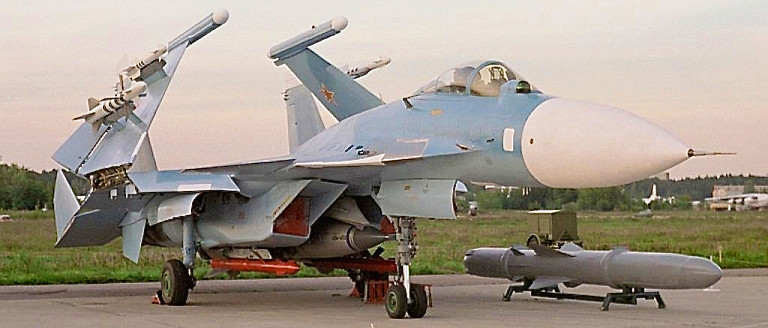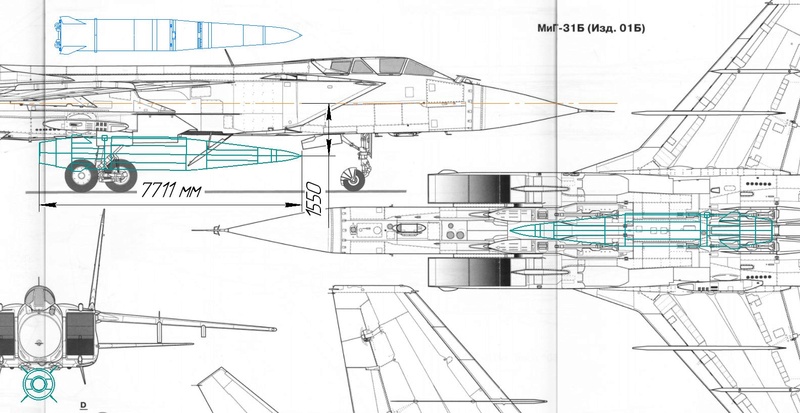But for the other hand either you have gas dynamic thrust control or wings to maneuver Razz
They have already displayed vectored thrust jet engine nozzles... so no big deal really.
The question remains, is it iskander or a derivative of the system? Does the aircraft's initial velocity and altitude explain the notable gain in speed and range?
A sidewinder missile launched at low altitude has much much shorter range...
Very simply a solid rocket motor burns for x amount of time with x amount of thrust.
From a stationary start in the thick low altitude air the top speed is rather limited and as its range is largely determined by its speed and weight and aerodynamic shape the faster you can get it moving the further it will go.
Having it at probably 15-20km altitude launch height plus already moving at mach 2 plus means its rocket motor can probably get it up to mach 9 and perhaps 40+km altitude... once it is up there a scramjet motor is in its element and could run for far longer than any liquid rocket motor because it is scooping up the air it uses to burn as it flys along so it just needs to carry a fuel and not an oxidiser.
Iskander is single stage, solid propellant. So without notable modifications to the hull, it couldn't use a two stage method to achieve this performance. Upgraded propellants could improve range and velocity, but I find it hard to believe you could get more than a 50% gain in a single generational leap in propellant technology. We are talking about a +30% gain in velocity and a 400% increase in range.
The Iskander is limited to 500km by treaty, not by design... I seem to remember the missile the Iskander is based upon with pretty much exactly the same shape had a range of 2,000km as well... I believe the NATO codename was Spider.
Changing to scramjet totally explains the increase in speed and range.
I'm not seeing an inlet.
No inlet on the air launched version of Yakhont either... it falls off just after launch to make it aerodynamic... it does not need to use the air intake until after the solid rocket motor has burned out... then the fairing is jettisoned and the intake starts sucking in air for the ramjet to operate... though I suspect in this case this will be a pure scramjet that does not operate in subsonic air flows... simply because it would not need to.
I mean we are not talking out of the bounds of reality... I mean look at this image...:

So a 4.5 ton 9+ metre long rocket/ramjet powered Moskit missile under the belly of an Su-33 with a 2.5 ton 8+ metre long rocket ramjet powered Yakhont developed a few years later sitting next to it...
The Sunburn entered service in the 1980s on Sovremmeny class Destroyers and the Onyx replaced it soon after in new ships... now I understand disbelief at the numbers but ramjet performance clearly improved in that period and the step to scramjet is enormous... it would be like the pre WWII period with no jet engines talking about a fast high flying jet that could fly from the Soviet Union to the US and back with weapons... they would never have believed it because with propellers it would be impossible to fly supersonically let alone that far.
Jet engines raised the speed to efficient high subsonic planes with enormous range.
Scramjet engines make high speed much easier and because of the high speed you only need to run a scramjet engine for 10 minutes to fly 2,000km, so long range is not so hard... note the only other option for high speed is rockets and they only burn for minutes at most most of the time anyway.









